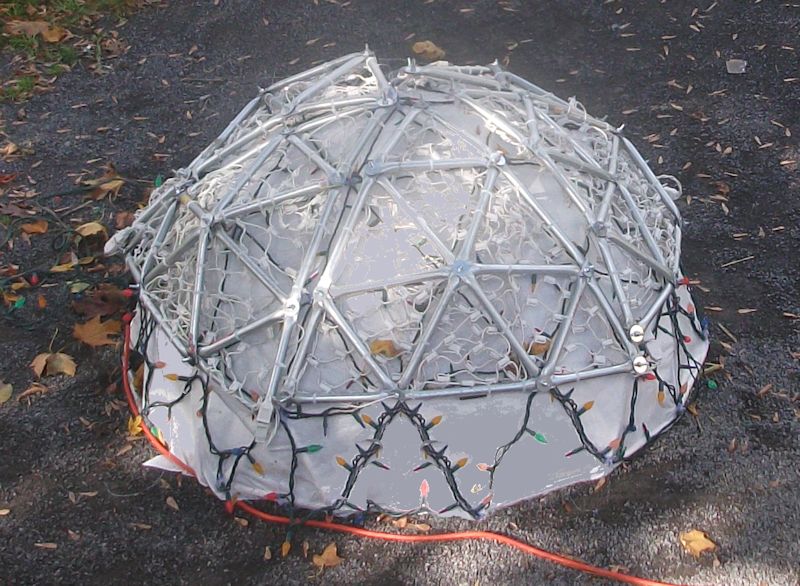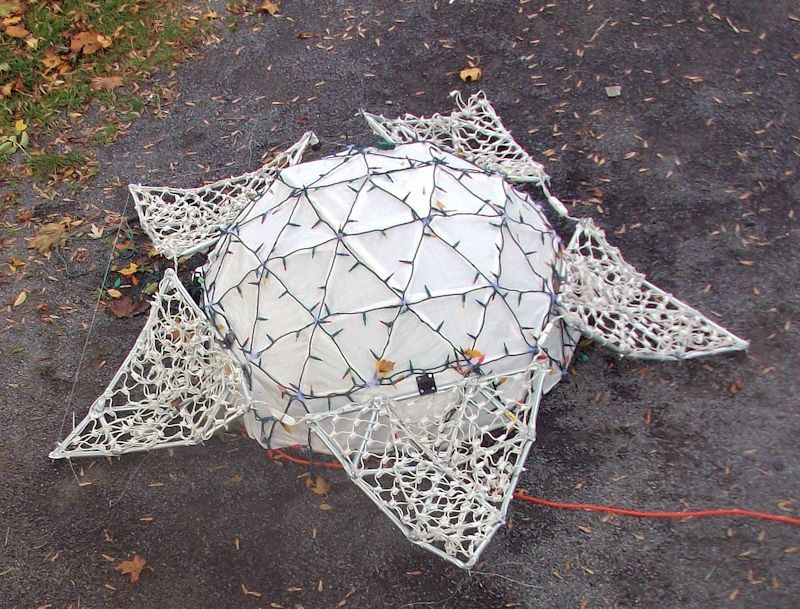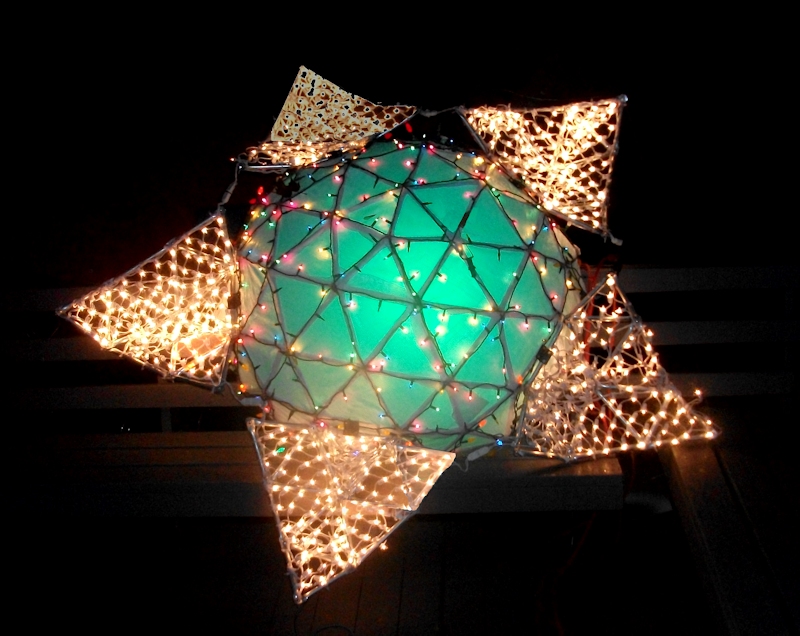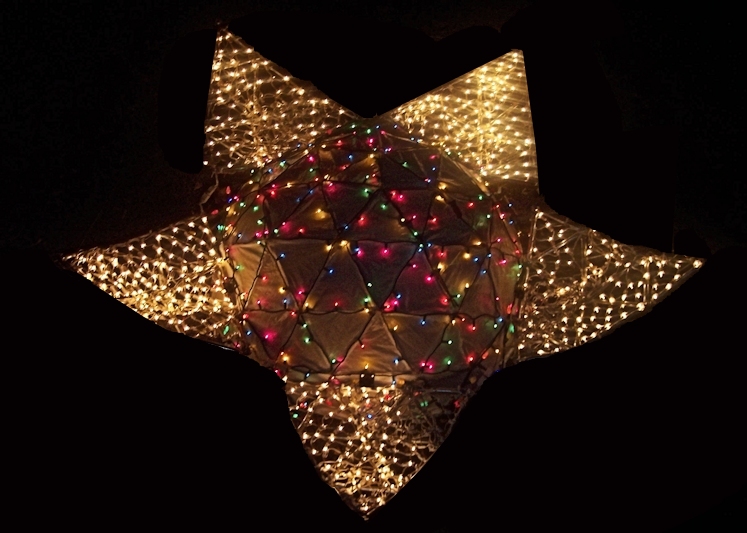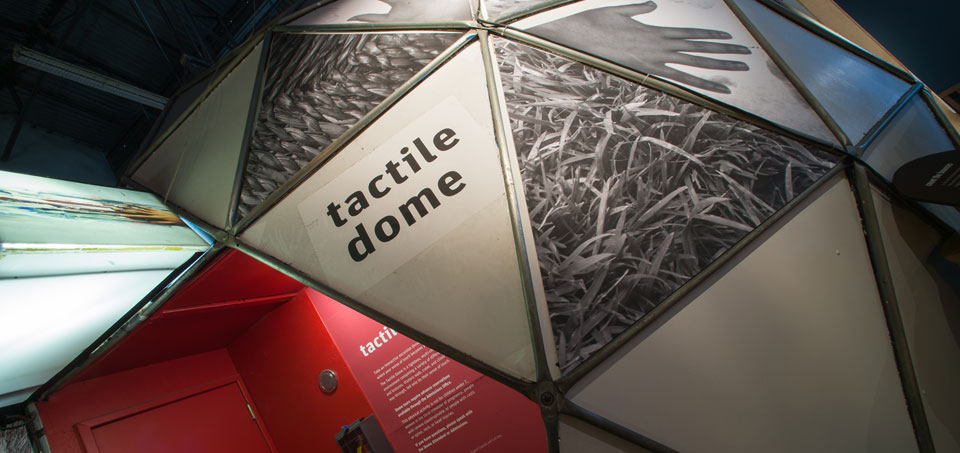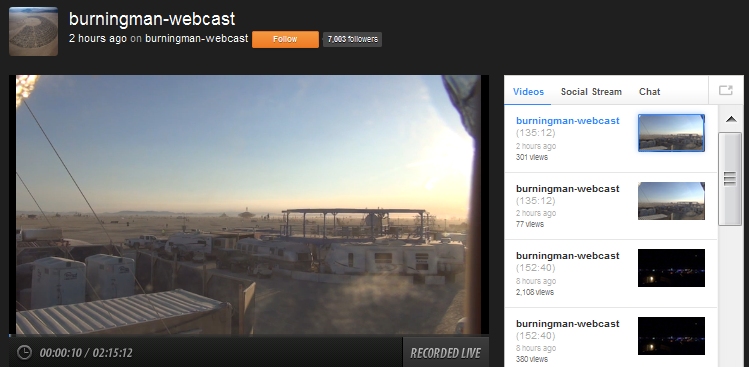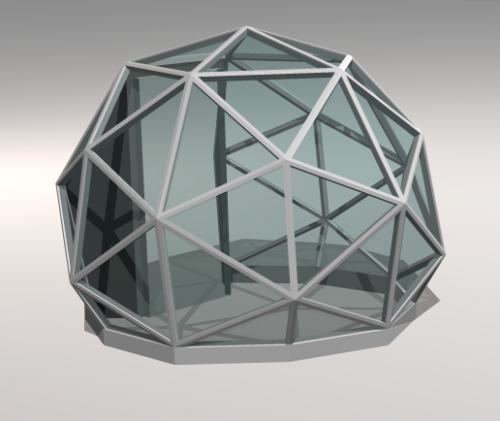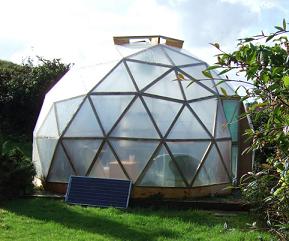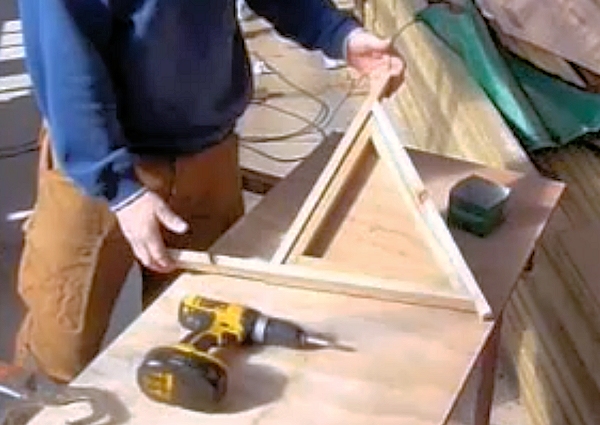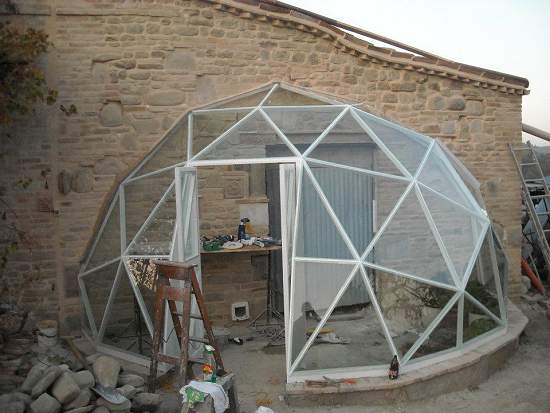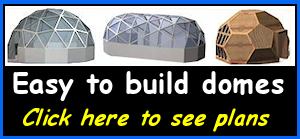The Tactile Dome is an interactive experience through total darkness. It was created in 1971 and is still a popular stop for people visiting the Exploratorium. We thought you might like to read the original press release, which provides a peek into the Tactile Dome’s history.
An internal sculpture exhibit which people will feel but never see goes on exhibit September 9, 1971 at the Exploratorium in San Francisco’s Palace of Fine Arts.
The exhibit, called the Tactile Dome, is encased in a geodesic dome about the size of a large weather balloon. Visitors enter through a light-lock room into a totally dark maze (path). Then, for an hour and fifteen minutes, they feel, bump, slide and crawl through and past hundreds of materials and shapes which blend, change and contrast.
The purpose is to disorient the sensory world so that the only sense the visitor can rely on is touch. The sensation is so outside ordinary experience that a few people panic. An attendant in a control panel can reach every part of the ant-hill like maze almost instantly.
Pre-opening visitors have compared the experience to being born again, turning yourself inside out head first, being swallowed by a whale, and inevitably, being enfolded in a giant womb.
Seemingly the tactile equivalent of a light show, the tour is actually a carefully planned and structured succession of shapes, temperatures and textures which require the full range of the touch sense to perceive.
The idea is to make people aware of what a complex. sensitive and under used sense touch is, and to train them to use the astonishing range of its perceptions, which include detection of pressure, pain, temperature and kinesthesia, as well as cutaneous, internal body and muscle awareness.
Dr. August F. Coppola, whose brainchild the exhibit is, became interested in perceptual prejudice while directing interdisciplinary studies as head of California State College’s Honors Program. He gradually came to realize that philosophy, physics and even psychology have always relied overwhelmingly on visual evidence to interpret the world.
“Yet the irony is that touch is still the test of reality,” said Coppola. It’s the tangible, the concrete, what you can put your finger on when your feet are on the ground.
Coppola believes people are actually prejudiced against the touch sense. “It’s development gets off to a bad start,” he said, “for as soon as we’ve stopped chewing our toes, the first commandment in life is given: “Don’t touch”. The Exploratorium is one of the few museums in the world where visitors are encouraged to touch and even manipulate the exhibits.”
One result of the touch taboo, Coppola believes, is that people become leery of physical contact with each other and the environment and that this leads to a sense of isolation and loneliness. As evidence of our overly-visual values, Coppola points to the overemphasis on fashionable clothes and the benefits of tourism. “This route leads to passive, non-participatory activities like TV watching” he said. Coppola and Carl Day, co-developer of the Tactile Dome, and gallery director at California State College in Long Beach, are leaders in an art revolution which uses people as participants in art experience rather than as targets at which to hurl artistic messages. They believe the revolution, if successful, will greatly affect not only art, advertising and industrial design but even life styles and basic beliefs.
Both claim that improving your haptic powers also increases your visual skills.
